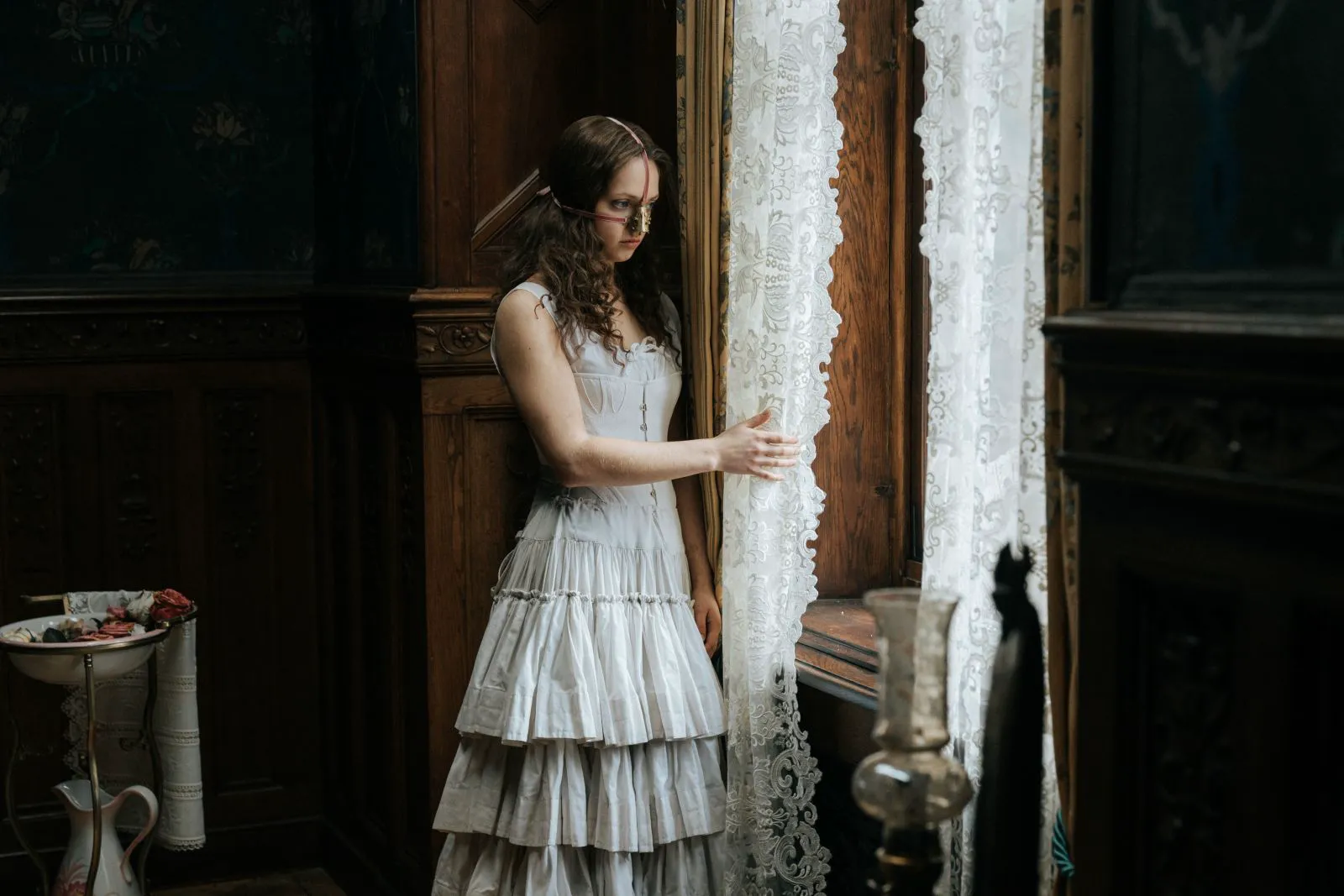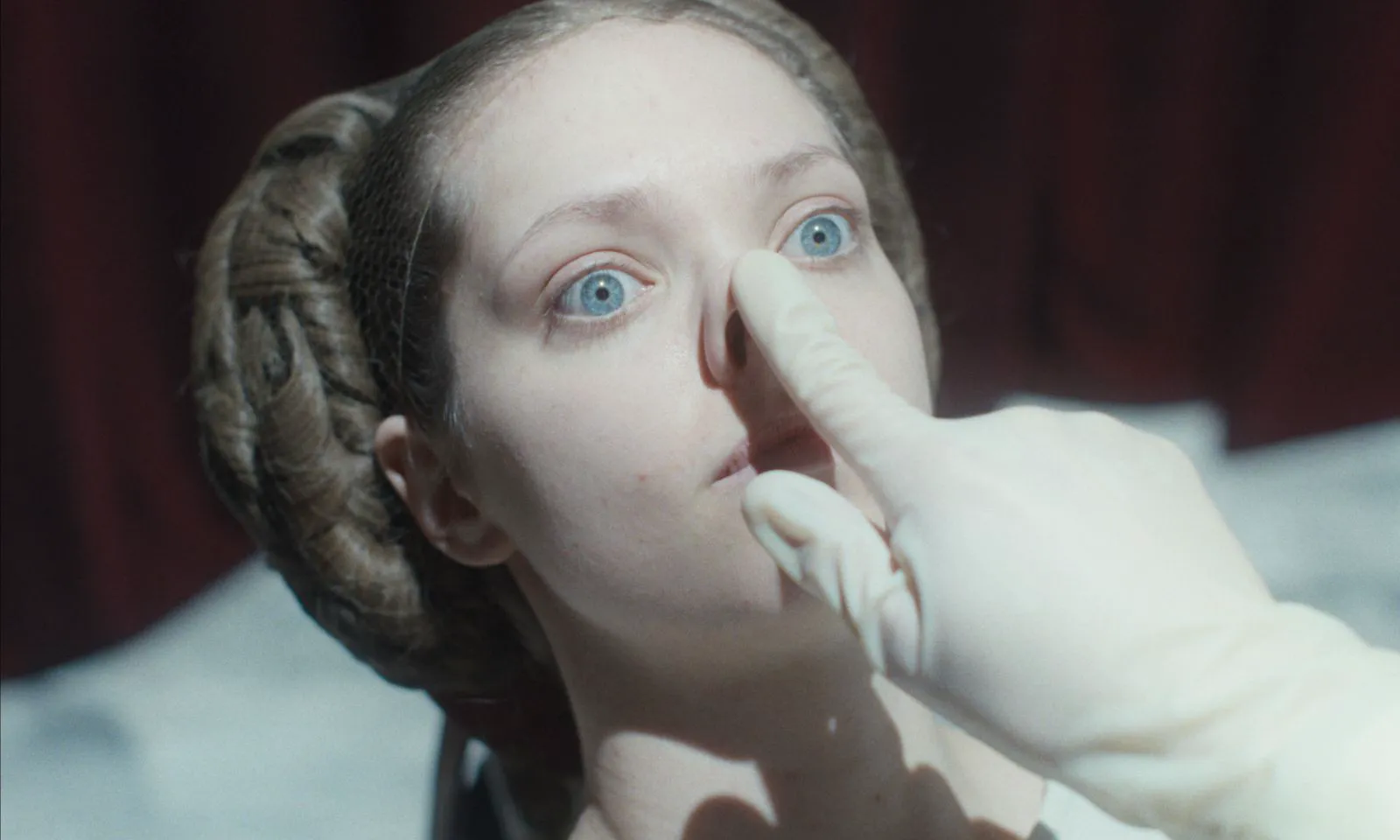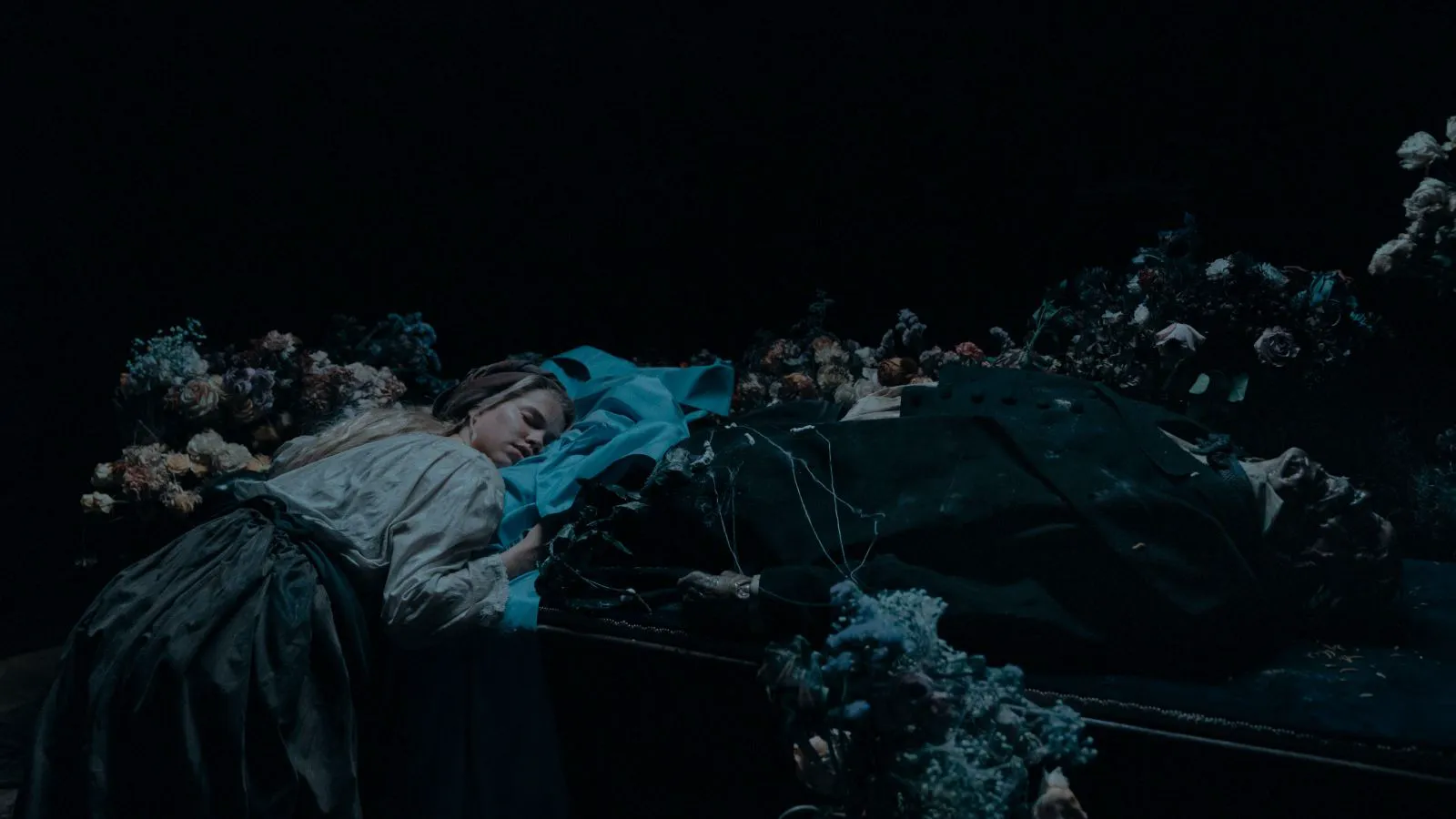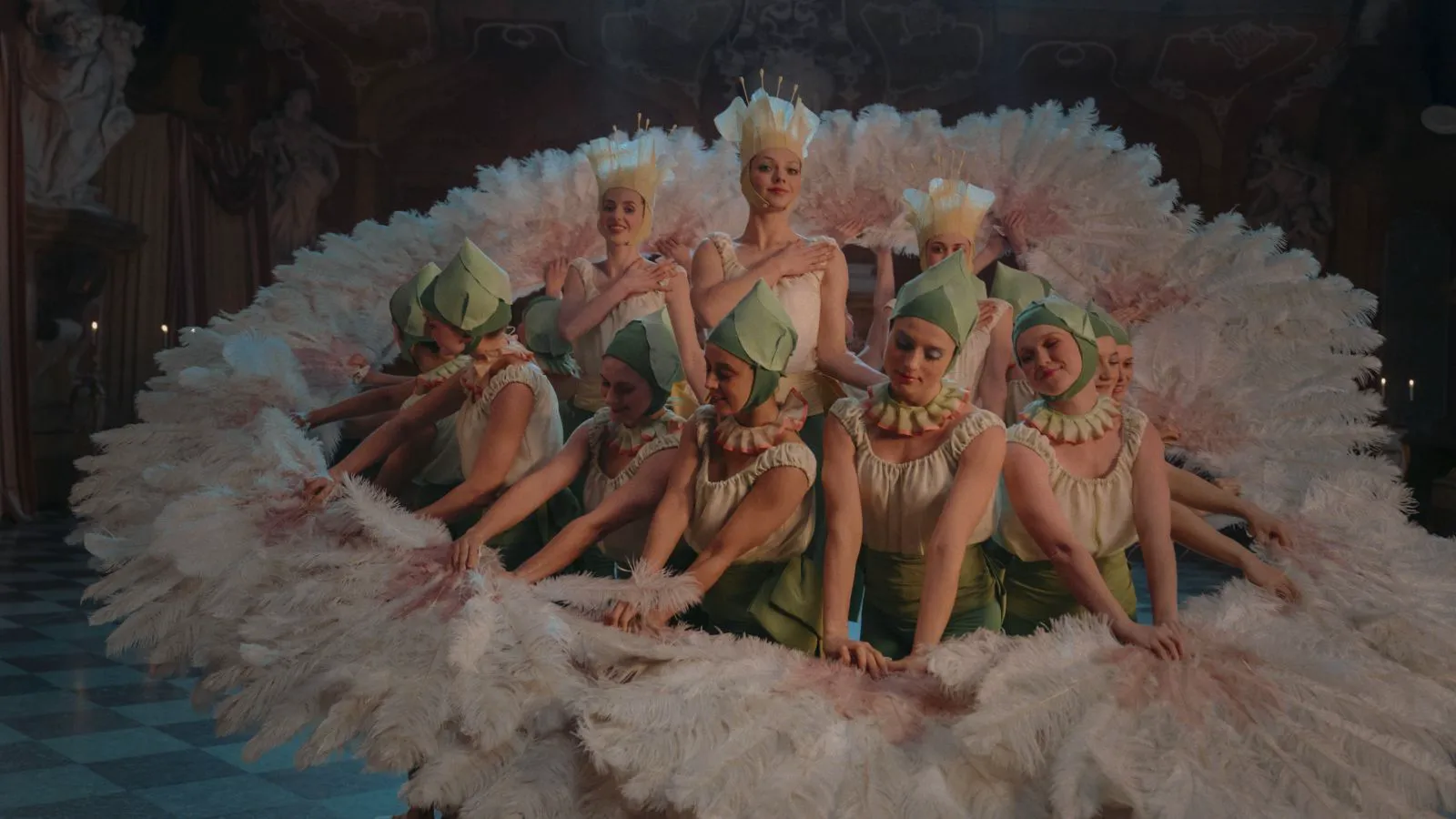A Twisted Take on Cinderella: Unveiling the Dark Humor of “Ugly Sisters”
“Ugly Sisters” (original title “Syge Søstre”) isn’t your typical fairytale. Director Emily Blichfeldt reimagines the classic Cinderella story through a darkly comedic and often grotesque lens, focusing on the plight of the “ugly” stepsister, Elvira. This isn’t a tale of pure good versus evil, but a nuanced exploration of societal pressures, beauty standards, and the lengths to which people will go to conform.
The film opens with Rebecca (Ane Dahl Torp), a widowed mother, arriving in a new kingdom with her two daughters, Alma (Flora Fagerli) and Elvira (Lea Mühren). Hope seems to be on the horizon: a wealthy fiancé, a castle, and a fresh start. However, tragedy strikes during their first family dinner when the groom suddenly dies, leaving Rebecca with a mountain of problems. These include a beautiful stepdaughter, Agnes (Tea Sofie Loch Næss), with questionable affections, and a pile of debt instead of the promised fortune. Rebecca sees only one solution: marry off one of her daughters to secure their future.
The “Ugly” Duckling’s Transformation
Alma is too young for the marriage market, and Agnes, while beautiful, is considered unsuitable due to her lack of innocence and rebellious nature. This leaves Elvira, a shy and unassuming girl who dreams of a Prince Charming (Isak Calmroth), as the prime candidate. Elvira becomes her mother’s pet project, undergoing rigorous lessons in etiquette and ballet. But Rebecca’s ambition extends beyond mere refinement, leading Elvira to the dubious Dr. Estetik (Adam Lundgren), a mysterious figure who offers medieval cosmetic surgery with tools that suspiciously resemble a plumber’s kit.

Lea Mühren as Elvira in “Ugly Sisters”
Elvira’s dreams of a prince are filtered through a surreal and unsettling aesthetic, reminiscent of Kevin Kopacka’s hypnotic horror “Dawn Breaks Behind the Eyes” and the glitter-drenched world of Bertrand Mandico’s “After Blue (Dirty Paradise).” The electronic score by Jon Erik Koda evokes memories of Melville Poupaud and Suzanne Clément’s journey to Black Island in Moderat’s “A New Error.” Blichfeldt masterfully blends these influences, stitching them together with a Cronenbergian sensibility to deliver a Grimm-esque version of Cinderella, where the stepsisters ultimately lose both their toes and their eyes.
Deconstructing Beauty Standards
Lea Mühren’s performance is undoubtedly captivating. In a move reminiscent of popular American comedies from the 2000s, Blichfeldt deliberately casts a naturally beautiful actress as the “ugly” sister. This time, however, there are no glasses involved. Mühren transforms into Elvira through awkward smiles, braces, and tightly wound curls that resemble earthworms. Yet, even these “special effects” fail to completely erase her inherent attractiveness. Instead, Elvira’s perceived ugliness is emphasized through contrast. Compared to the fair-haired and angelic Agnes, who appears on screen surrounded by doves, Elvira seems to lack the necessary aristocratic aura.

Lea Mühren as Elvira in “Ugly Sisters”
Driven by the ideal embodied by Agnes, Elvira’s mother attempts to reshape her daughter, forcing her into artificial standards. “Beauty is pain,” declares a poster hanging opposite the chair where young women willingly (or through familial coercion) subject their bodies to the torturous procedures of the questionable doctors. A cocaine-leaf-based anesthetic, three seconds to contemplate, and then the procedures begin! A chisel to the nose, a hook to the lower conjunctiva, and perhaps breast augmentation in a few months. What could be better? Elvira glances at her mother, sees an encouraging smile, and sighs heavily. The poster is awash in bloody tears, and the inexperienced stepsister has no choice but to submit to her fate.
The Price of Perfection
Further physical alterations are inevitable. A ten-meter tapeworm is implanted inside her, consuming excess calories and essential nutrients. In pursuit of mythical beauty, Elvira loses her natural charm: her thick chestnut hair, healthy complexion, and sparkling eyes. And all for what? For a Prince who, in reality, doesn’t deserve any of the women vying for his heart and his wealth.

Tea Sofie Loch Næss as Agnes in “Ugly Sisters”
Blichfeldt’s ingenuity is commendable, and the work of her team deserves equal praise. Production designer Sabina Hviid (“Speak No Evil”) transforms the familiar fairytale into a blend of Busby Berkeley musicals and the body horror of Julia Ducournau and Coralie Fargeat. Costume designer Manon Rasmussen (known for her work on Lars von Trier’s films) seems to have gathered dusty dresses from Sofia Coppola’s “Marie Antoinette” and deliberately aged them. The costumes are both enchanting and devoid of vibrant colors, as if they have been stored in a closet as museum exhibits for a long time.

Lea Mühren as Elvira in “Ugly Sisters”
By shifting the perspective from Cinderella to the stepsister, Blichfeldt removes the fairytale extremes present in Charles Perrault’s version. She doesn’t portray Cinderella as an enemy or Elvira as a victim of injustice. Instead, each character, with the possible exception of the exemplary Alma, possesses a set of contradictory traits (as we all do). The educated and beautiful Agnes dreams of marrying a stable boy, but understands that she needs to find a more advantageous match to survive. She is so powerless that she cannot even bury her beloved father and is forced to watch his body decompose for weeks. The naive Elvira obeys her mother, believing that she is leading her daughter to a handsome and wealthy Prince Charming (and Elvira eventually begins to think that she will accept nothing less). You may not want to associate with either of them, but each deserves your sympathy in their own way.
Emily Blichfeldt strips the romance from the fairytale and offers a wild ride down a road filled with rotting waste, severed fingers, and crushed hopes. It’s not a pleasant journey, but it’s a necessary one, especially for those who struggle to accept their own bodies. How many more charming stepsisters will ruin their lives trying to pay an exorbitant price for an abstract and unattainable ideal of a better version of themselves? Comparisons to “The Substance” are inevitable, but I want to deliberately avoid them today: Blichfeldt’s film is original and deserves its own place in the sun.